Can’t decide where to go or what to see in Spain? It’s easy to get overwhelmed by all the incredible options this beautiful country offers. Our local historian has created this list of the top things to see in Spain to highlight the different regions’ top attractions and help you plan your dream Spain vacation. Vamos!
Pro Tip: Planning your dream vacation to Spain? It’s easier to organize your trip when you have all your resources in one place. Bookmark this post along with our awesome selection of guided tours in Spain for a memorable trip.
What You Have to See in Spain
If you’ve never been to Spain, you probably aren’t sure where to start as you plan your trip. Which cities should you visit? How long should you stay for? What are the top sights and attractions beyond those cities? Don’t worry, we’re here to help.
Spain is a huge country with lots of history, culture, and stunning nature. For too long, it has endured the stereotype of being just a sunshine and beach kind of destination. Well, no more!
In this article, you’ll discover just how much this country has to offer, from the running of the bulls in San Fermin to the stunning Moorish architecture of the Alhambra and Gaudi’s as yet incomplete Sagrada Familia in Barcelona.
Read on to find out the top things to see in Spain before you die! Don’t want to go it alone? We don’t blame you. Check out all our guided tours in Spain for a fun and easy way to see the Spanish highlights.
19. San Fermin (Pamplona)
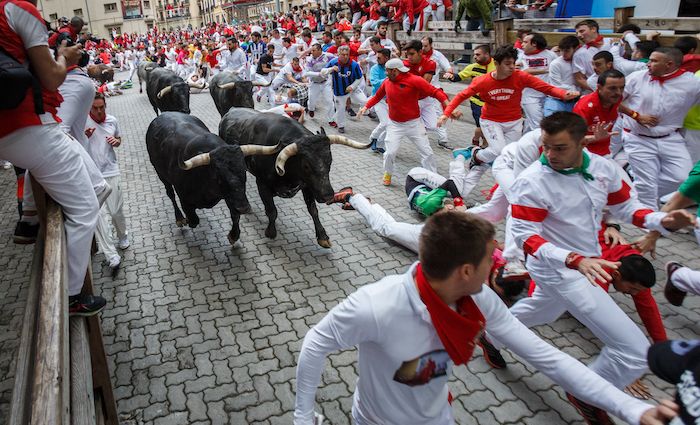
Pamplona | 6th-14th July | Festival
Many tourists come to Spain every year to enjoy our culture, ambiance, and festival lifestyle. With thousands of festivals every year, it’s hard to pick just one. However, the famous San Fermin is a popular choice for anyone seeking unique adventures and thrilling experiences.
While I don’t endorse animal cruelty, San Fermin is a lot more than the running of the bulls and bullfighting. Some events and parades are Spanish traditions worth exploring and unique experiences that you won’t get anywhere else in the world.
Location: San Fermin Festival, Pamplona
18. La Torre del Oro (Seville’s Golden Tower)
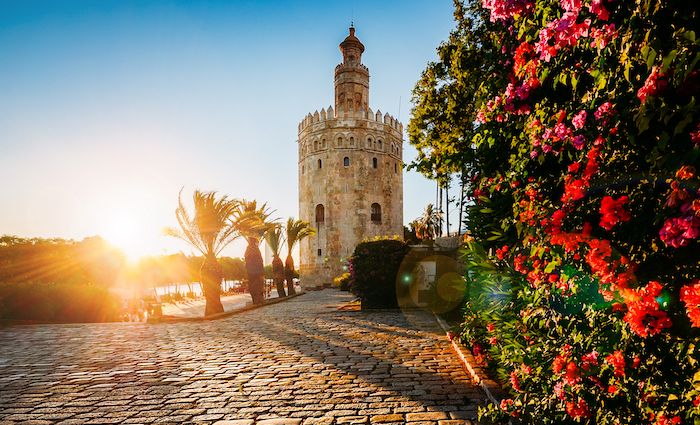
Seville | Guadalquivir River View | Military Defence
Picking one monument out of all Seville has to offer is like trying to find a needle in a haystack—it’s impossible! However, la Torre del Oro is iconic on the Sevillian landscape, and you won’t be able to take a photo of the river without encountering it.
It’s also a monument of great historical and architectural importance. This defense tower was crucial during the Almohad rule of Al-Andalus in Spain as it allowed them to control the river. The Guadalquivir has always been vital for Seville and its prosperity.
In addition, the tower is a remarkable architectural piece with its dodecagonal shape. It currently houses the naval museum, which shows the importance of Seville, the river, and maritime culture for Spain from the Middle Ages to the discovery of America. Finally, if you get to the top, you’ll have some of the best views of the river and the city.
If you’re planning to stay overnight in this incredible city, check out where to stay in Seville. As you can imagine, this city has an extremely rich culture and history to explore. So, check out our Seville tours for an easy and fun way to see the highlights.
Location: La Torre del Oro, Seville
Not ready to book a tour? Check out the top things to do in Seville.
17. Ordesa Y Monte Perdido National Park (Huesca)
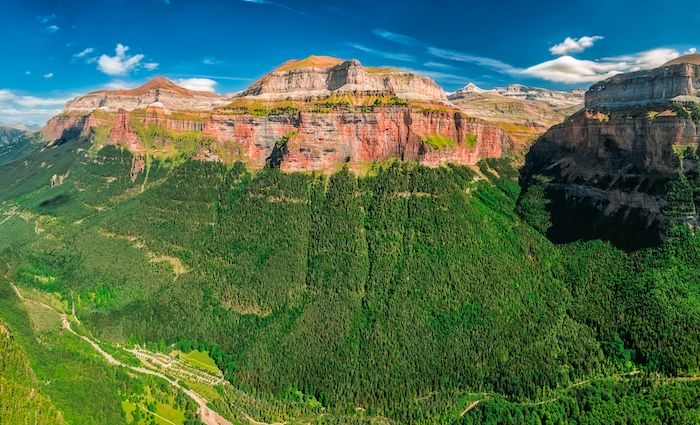
Huesca | National Park | Trekking
The Spanish Pyrenees area attracts thousands of people every year. Ordesa Valley and Monte Perdido (The Lost Mount) is a national park and a unique biodiversity area protected by UNESCO.
It’s also a top destination for hiking and enjoying the characteristic karstic landscape of the north of Spain. This area has some amazing waterfalls such as Cola de Caballo, easy nature routes for the whole family, as well as difficult hikes that take you 1000-2000 meters high.
Finally, if you enjoy the outdoors and an active vacation, there are lots of companies and places that will cater to your needs. You could go horse riding, rafting, or even canyoning!
Location: Ordesa Y Monte Perdido National Park, Huesca
Not ready to book a tour yet? See our Madrid Guide for more info.
16. La Dehesa (Extremadura)
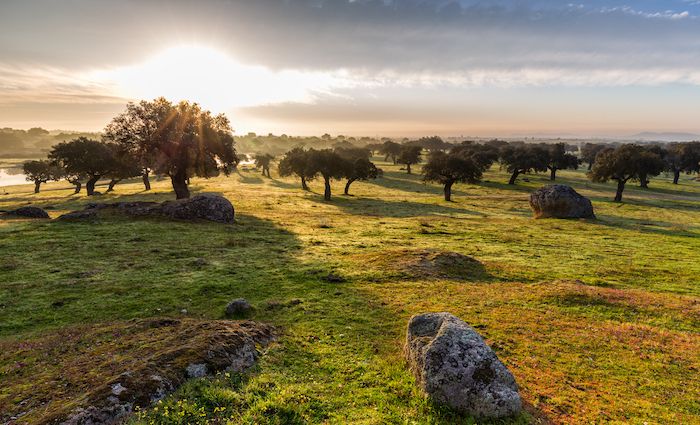
Extremadura | Mediterranean Landscape | Iberico Ham
This may seem like an odd pick if you’re not familiar with Spanish history and culture. However, the region of Extremadura has a characteristic Mediterranean landscape that has produced one of the best ambassadors of Spanish culture abroad: jamon Serrano (Serrano ham).
This landscape is perfect for grazing and other agricultural activities and is home to the Iberian pig. This is where the best jamon comes from. It is dominated by plateaus and oak trees, which produce the acorns that feed these pigs. This is quintessential southern Spanish natural beauty, culture, and lifestyle.
Location: La Dehesa, Extremadura
15. Altamira and the UNESCO Caves (Cantabria)
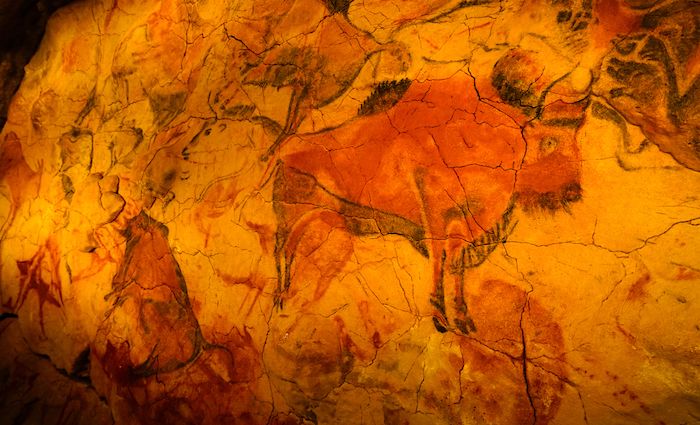
Cantabria | Paleolithic Art | Geology
Cantabria has the most outstanding caves with paleolithic art in Europe. In fact, Altamira is considered on par with Lascaux in France. However, the actual cave of Altamira with its famous bison paintings allows a limited number of visitors, and you’ll be extremely lucky to get access. Shortly after its discovery in the 19th and 20th centuries, it was damaged by careless tourism.
However, there is a replica and a museum nearby the cave itself, which is a great way to enjoy the beauty of Altamira without damaging what remains. There are also nine other UNESCO-inscribed caves that you can learn about in Cantabria. If you have a passion for art or geology, you’re sure to love it. Check out where to stay in the Basque country if you’re looking for a nearby base to explore this area of Spain.
Location: Caves of Altamira, Cantabria
14. El Prado (Madrid)
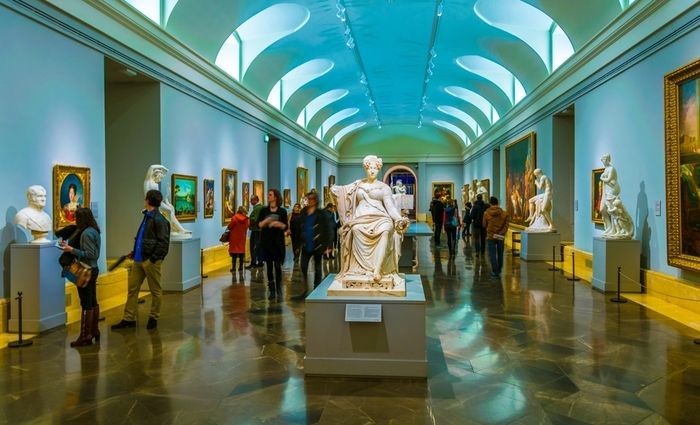
Madrid | Art Museum | Neoclassicism
El Prado is one of the most important art museums in the world. It contains iconic pieces of Spanish art from the Middle Ages to modern times. But, this is a huge museum where you could easily spend the entire day. It may even be a bit overwhelming.
So, if you’re short on time or don’t know what to see at El Prado, I’d recommend you visit the rooms with art by Velazquez and Goya. Don’t go without seeing Bosch’s The Garden of Earthly Delights, Las Meninas by Velazquez, and La Maja by Goya.
Finally, the exterior of the building itself is also quite a sight. The front entrance to the building is one of the best examples of Spanish neoclassicism.
Location: El Prado, Madrid
Not ready to book a tour yet? Find out how to visit the Prado Museum.
13. Los Herederos del Marques de Riscal (Valladolid)
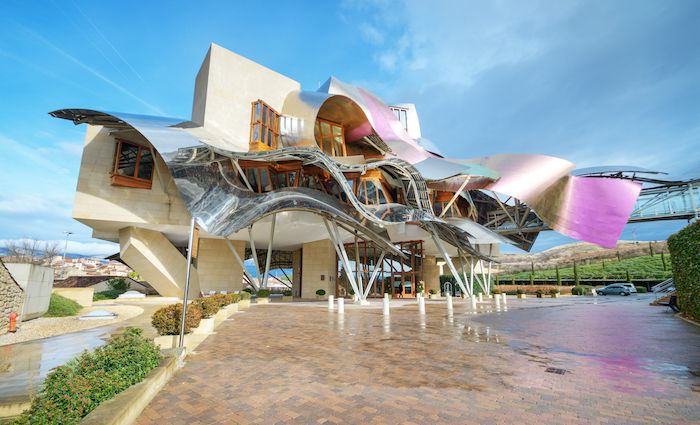
Alava | Winery | Modern Architecture
This winery is located in Elciego, a community in Rioja Alavesa (Basque Country border with La Rioja). It has state-of-the-art facilities and architectural art, designed by the famous architect Frank O. Gehry.
It is known as the city of wine, and you can visit the facilities to learn about its history, vineyards, and wine. In addition, Marques de Riscal pride themselves on producing the first-ever bottled Rioja wine in Spanish history. If you’re a wine lover, this is a must.
Location: Los Herederos del Marques de Riscal, Valladolid
12. Bolonia Beach (Cadiz)
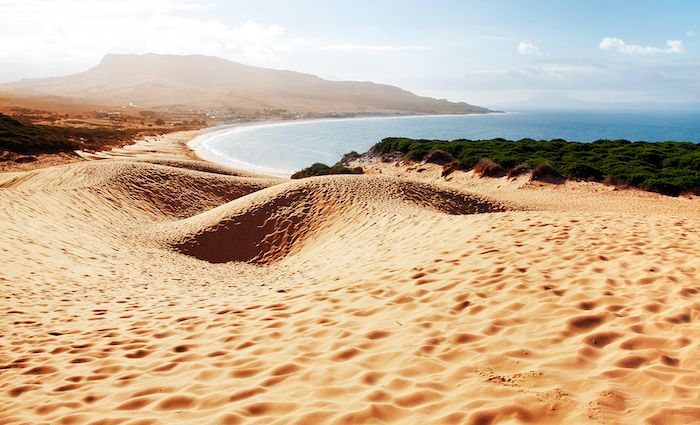
Free | Andalucia | Beach
Tarifa has some of the best beaches in Spain, and Bolonia takes the top spot! Bolonia beach is nearly 4 km long and has some mesmerizing dunes at the Estrecho Natural park, so don’t miss them.
Situated on the Atlantic coast of Spain, Bolonia is a popular destination for water sports lovers. It even has its own Roman ruin! This is the settlement of Baleo Claudia, which was an important enclave for trade with north Africa. Amongst the ruins, you can see the remains of a garum factory (fish sauce), the basilican, and the theatre.
Location: Bolonia Beach, Cadiz
Not ready to book a tour yet? See our Madrid Guide for more info.
11. Doñana National Park (Huelva)
Huelva/Cadiz/Seville | Marsh Landscape | Archaeology
Doñana is one of the largest national parks in Spain. It covers an area of 543 km2, although only 135 km2 are protected. You’ll be able to see some very unique landscapes, including the delta of the Guadalquivir river, marsh environments, and dunes. It is also home to some unique biodiversity that you can’t find anywhere else in Europe.
If you’re lucky, you may see Spanish endangered species such as the Spanish imperial eagle or the Iberian lynx. Doñana is also very important from an archaeological perspective. As the historical record shows, this would have been an area for Phoenician and Greek colonies and a centre for a mysterious native Spanish civilization called Tartessus.
Location: Doñana National Park, Huelva
10. Ávila Walls
Ávila | Medieval History | Night View
These are the most complete and best-preserved town fortifications in Spain. They were built between the 11th and 14th centuries. Furthermore, the fortification covers an area of 31 hectares, that’s a total of 2,516 metres of continuous wall!
The walls have nine gates and 88 semicircular towers, which include the apse of the cathedral itself. The best part is you can walk a part of the walls. If you leave Avila on a countryside route, there’s a spot where you can see the whole of the city wall. If you wait until nighttime, you’ll see the walls illuminated. I cannot recommend this experience enough because the view is amazing!
Location: Ávila Walls
Not ready to book a tour? Check out our other top picks for the best Madrid day trips.
9. Old Town of Toledo
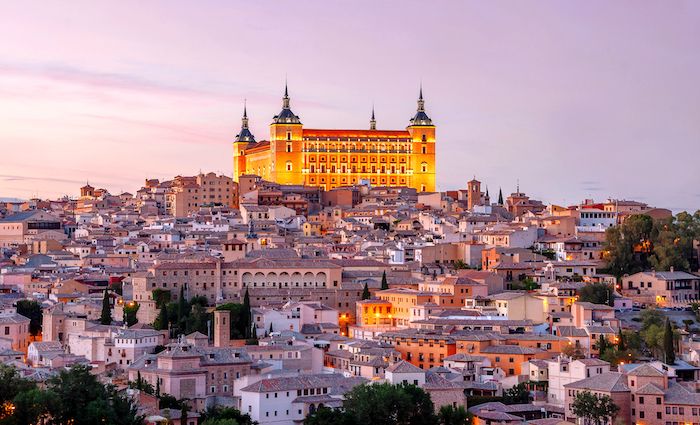
Toledo | City Walk | Toledo Steel
The old town of Toledo is part of the UNESCO World Heritage list. There are over 20 monuments of historical significance in Toledo. For the sake of brevity, I’ll select just a few highlights you can explore on your day in Toledo. The Alcazar at the top of the city houses the army museum and has some of the best views of Toledo and the Tagus river.
The Gothic cathedral is one of the best examples of this style of architecture in Spain. Also, you cannot miss the El Greco museum or Santa Maria la Blanca. This is the oldest synagogue still standing in the whole of Europe. Finally, make sure you stop in one of the many forges of the famous Toledo steel.
Location: Old Town, Toledo
Not ready to book a tour? Find out how to see Toledo in a day.
8. The Mosque-Cathedral of Córdoba
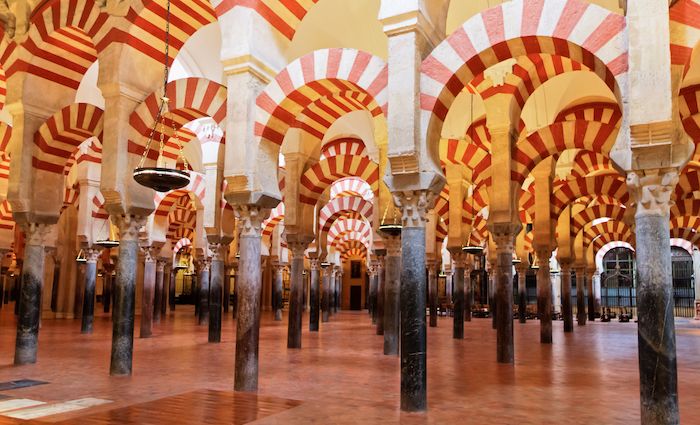
Córdoba | Religious Building | Al-Andalus
This building reflects the importance of religion, of any kind, in Spain for centuries. There is even evidence of a Roman temple and a Visigothic church in this same spot before the Muslim conquest of Spain in 711. The mosque was built in the 8th century during Umayyad rule in Al-Andalus (Moorish Spain).
It was the heart of the city and it is considered one of the most influential buildings in Moorish architecture. However, it became a Christian church in the 13th century, although it remained largely Muslim in design until the 16th and 17th centuries. You can see these additions and transformations in the Capilla Mayor.
Location: Mosque-Cathedral of Córdoba
7. La Ciudad de las Artes y Las Ciencias (Valencia)
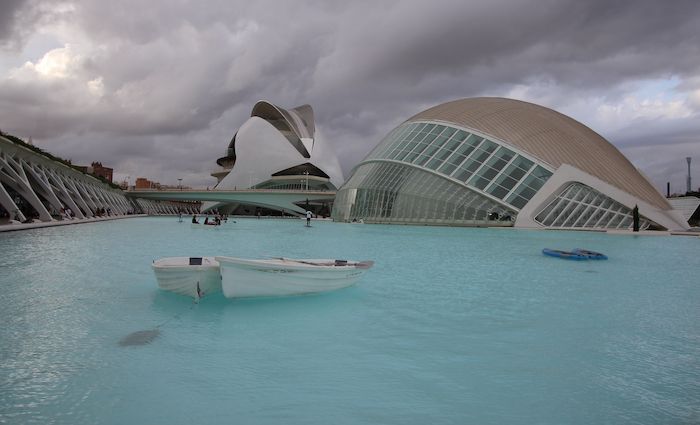
Valencia | Family Holiday | Modern Architecture
This is a huge complex of buildings in Valencia and the largest of its kind in Europe. Here, you can admire modern architecture, science, and the arts. The architects were Santiago Calatrava and Felix Candela. It cost €900 million and it took over a decade to finish it. The buildings include:
- L’Hemisfèric (planetarium and IMAX cinema)
- Museu de les Ciències Príncipe Felipe (science museum)
- L’Umbracle (like a mini botanic garden with sculptures)
- L’Oceanogràfic (the largest oceanographic centre in Europe!)
- Palau de les Arts Reina Sofia (opera house)
- Montolivet Bridge (best place for views of the complex)
- Assut de l’Or Bridge (cable-stayed bridge best point of access to the complex from the other side of Valencia)
- L’Agora (covered plaza for events).
Valencia is one of our top picks for best day trips from Madrid because it has so much to offer visitors. Besides this attraction, don’t miss out on the great nightlife and paella!
Location: Ciudad de las Artes y Las Ciencias, Valencia
6. Santiago de Compostela Cathedral
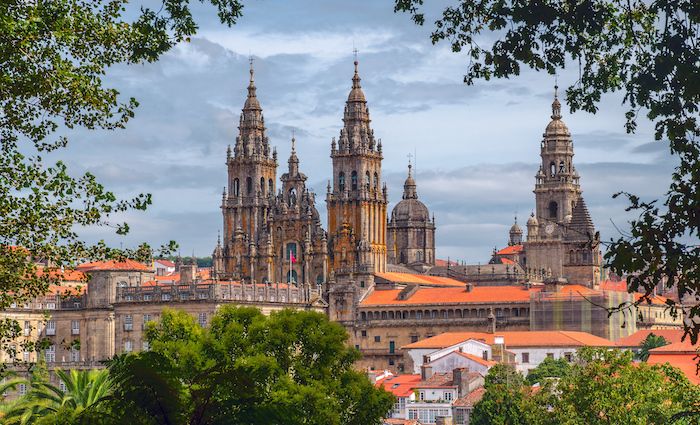
Santiago de Compostela | Romanesque | Legend
Correction: Archcathedral Basilica. Santiago has this special title as one of the three remaining churches in the world built over the tomb of an Apostle. Legend has it that Saint James the Apostle (Santiago in Spanish) came here to Christianise Spain.
Allegedly, they found his tomb in the 9th century. After that, pilgrims began to flock to the location and the church was built to keep the remains of the saint intact. Since then, of course, the famous Camino de Santiago pilgrimage route ends at the cathedral. When you visit, remember to look at the Portico da Gloria. This is a Romanesque portico with special features of Spanish medieval art.
Location: Cathedral of Santiago de Compostela
Not ready to book a tour? See the best Barcelona tours to take and why.
5. Teide (Tenerife)
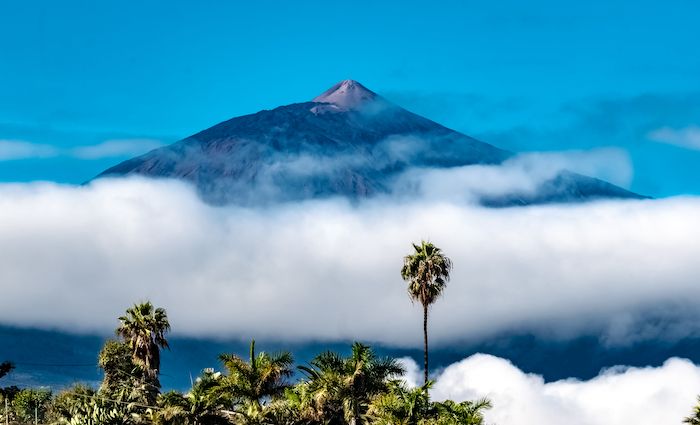
Tenerife | Holy Mountain | Active Volcano
Sunshine? Check. Nature? Check. Volcano? You couldn’t ask for a better one. Teide is the highest mountain top in Spain (3,715 m). In fact, from the ocean floor, it measures 7,500 m making it the 4th highest volcano in the world. Also, the views from the top are incredible.
You’ll also get to take in the Canarian beauty protected in Teide’s National park. In addition, Teide is the sacred mountain for the Guanche people—the native population of the Canary Islands. So, if you visit, please embrace this holiness. And remember that Teide is still an active volcano, so take care during your visit.
Location: Teide, Tenerife, Canary Islands
4. The Roman Aqueduct of Segovia
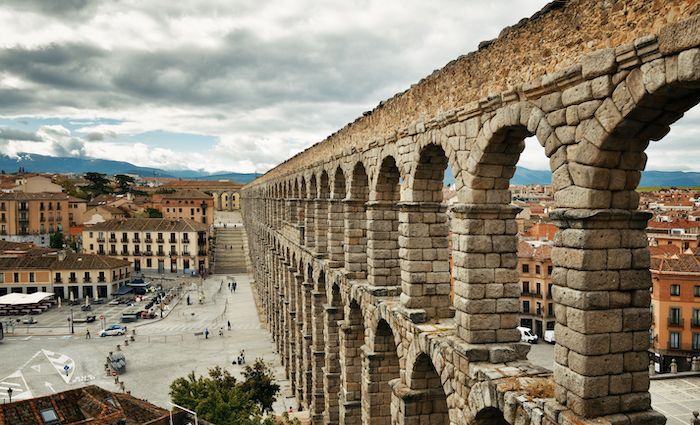
Segovia | Roman History | Photography Lovers
If you like Roman history, you may know Spain was an important Roman province and Segovia should be high on your list! It has one of the best-preserved Roman aqueducts in history.
The walk to the city centre of Segovia is a magical experience because of this monument. Make sure to get to the lateral viewpoint of the Aqueduct to take some fantastic panoramic photos.
There’s plenty more to explore in Segovia, so it’s worth a day trip from Madrid to see the Aqueduct, Alcázar, and Cathedral. If you’d like to spend the night, check out where to stay in Segovia.
Location: Roman Aqueduct, Segovia
Not ready to book a tour? Check out the top things to see in Segovia.
3. Santa Maria de Montserrat (Barcelona)
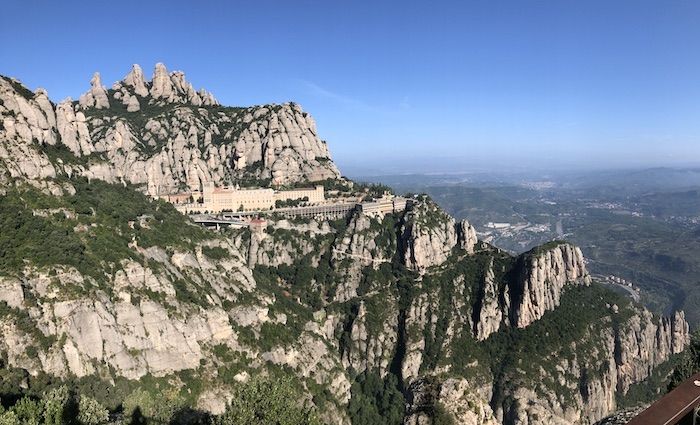
Barcelona | Benedictine Monastery | Black Madonna
This impressive Benedictine abbey is famous for the Virgin of Montserrat. This Virgin is also called “La Moreneta” because it is one of the Black Madonnas. The monastery and the virgin date to the Middle Ages. However, their exact origins are surrounded by legends.
Montserrat is also an important monument for Catalunya and Spain because of its history of violence during the Spanish Civil War. If you want to make the most of your visit here, take the cable car to the abbey and then the funicular to the top of the mountain for some amazing views.
Getting to Montserrat takes some research and effort. Also, once you get there what do you do? Avoid the guesswork and join our hassle-free guided day trip to Montserrat from Barcelona.
Location: Santa Maria de Montserrat, Barcelona
Not ready to book a tour? Find out how to do a day trip to Montserrat.
2. La Alhambra (Granada)
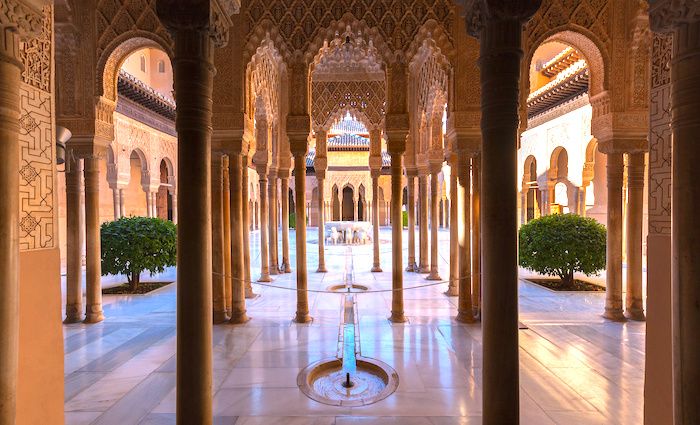
Granada | Islamic Architecture | Unesco
You simply cannot come to Spain and miss out on our beautiful Western Islamic architecture. And the Alhambra is the most representative piece of this style of art. However, do not underestimate the amount of time it will take you to enjoy this building. There’s a lot to see at the Alhambra!
We recommend you admire the Alcazaba and the Palace of Charles V. Then, be sure to stop by El Generalife as well as the gardens. Don’t miss the Court of the Lions and take an epic selfie in the Hall of the Abencerrajes with that honeycomb ceiling.
Want to ensure you get inside the Alhambra? Book a tour with admissions included—not to mention, this massive complex is best visited with a guide!
Location: La Alhambra, Granada
Not ready to book a tour? Check out how to visit the Alhambra in Granada.
1. La Sagrada Família (Barcelona)
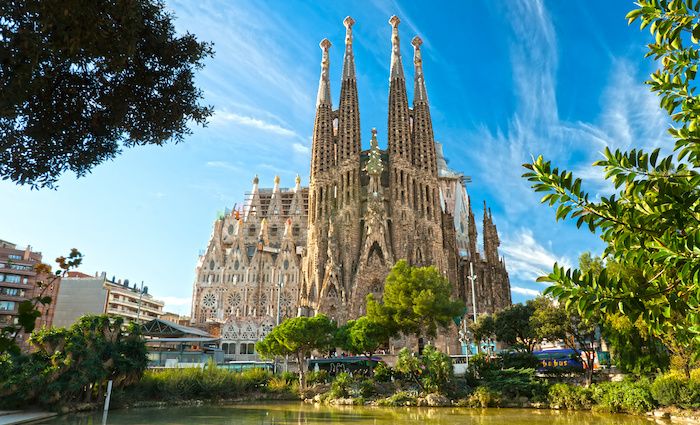
Barcelona | Gaudí | Unfinished Building
This is one of the most iconic monuments of Barcelona, and if you can only pick one, perhaps one of the most representative pieces of Gaudí. There’s no monument like it and this basilica isn’t even finished yet!
Firstly, admire the spires with the newly added stars. Take in the complexity of the carvings of the Nativity Facade. You’ll be bewildered by the lack of 90-degree angles in this whole place.
By looking at the monument, you’ll understand the importance of Catalan culture in the 19th and 20th centuries. Finally, you’ll have a great foundation in Catalan Modernisme architecture to help you understand the rest of Barcelona.
Sagrada Familia is extremely popular with visitors and the queues can get pretty long. If you want to be sure you get in and skip the line, book our guided tour. You’ll join an expert guide who will reveal to you the secrets of this exceptional monument.
Location: La Sagrada Familia, Barcelona
Not ready to book a tour? Find out how to visit La Sagrada Familia.
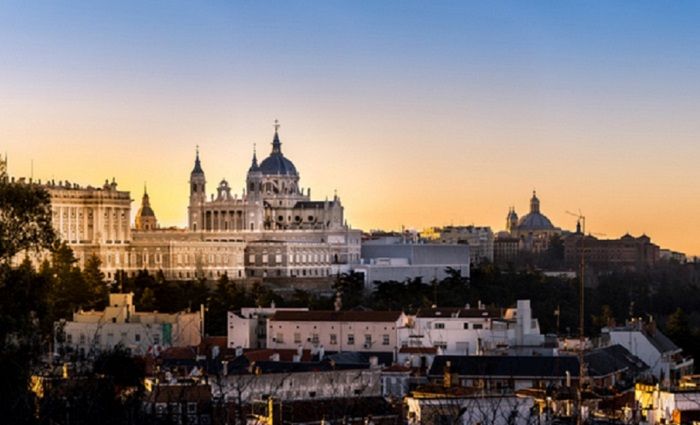
Where To Stay in Madrid
Madrid is a vast city with many areas to stay in, including beyond the downtown area. Choose a hotel near the top things you want to see in this beautiful old city.
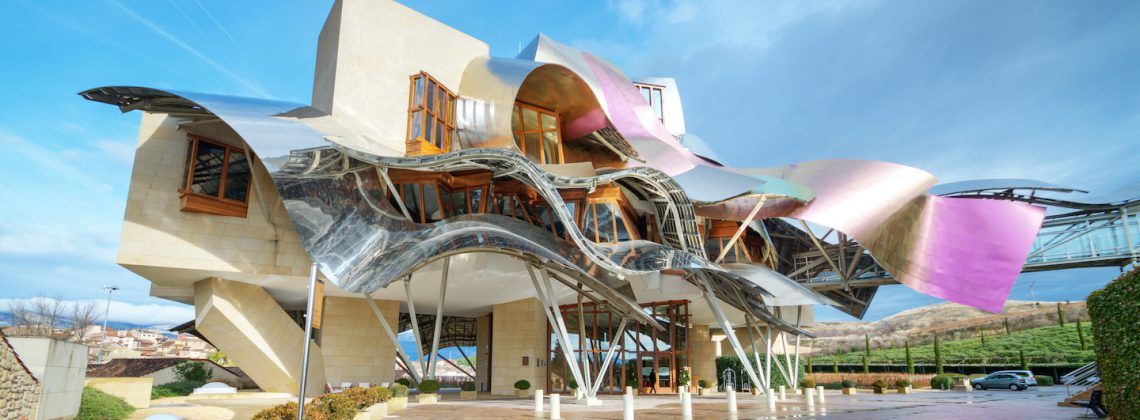

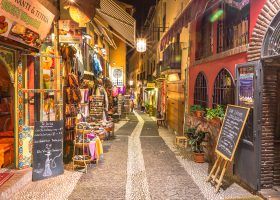
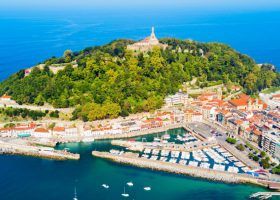


Pleased to have visited 7 of these beauties but I can see I still have many more to go. Thanks for inspiring me. ‘To trais to grow’